Curious about Qvevri
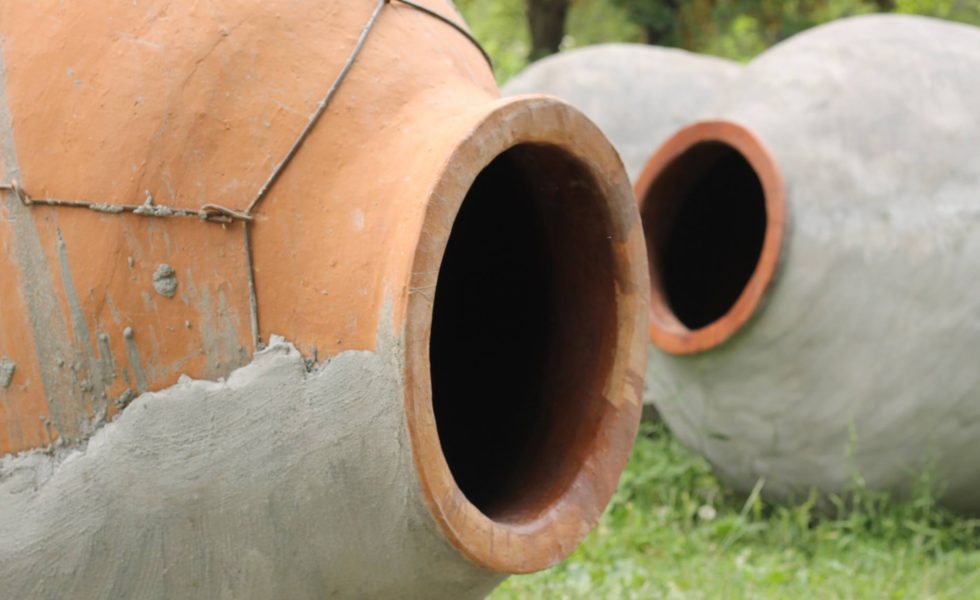
Understanding Georgian wine
By Taste Georgia’s Sarah May Grunwald
In the very heart of the Caucasus, the Republic of Georgia is a distinctively special country with deep and warranted claims as the actual birthplace of wine. Both archeological and biological evidence confirm this claim. Georgia has the oldest known grape pips ever found and Neolithic pottery, dating back over 9,000 years, that have residue from wine. While the entire Trans-Caucasus area is well established as the most ancient center of wine production, Georgia can declare the longest unbroken tradition of viticulture in the world.
Wine is written literally in the genetic code that distinguishes one as a Georgian.
Even more unique than the Kartvelian language and alphabet – with letters written in the fashion of grape vines – wine is Georgia’s identity. Georgia’s wine and ancient wine vessel known as the qvevri are the direct links that we, as modern wine lovers, have to our Neolithic ancestors.
That was then, this is now
In the past decade or so, Georgian winemakers have been re-embracing the qvevri wine making tradition and rocking the wine boat worldwide. UNESCO in 2013 listed the qvevri wine making tradition as an “Intangible World Heritage” for example. A recent Master of Wine tasting exam featured a Georgian qvevri wine. The United Nations World Tourism Organization hosted the first International conference on wine tourism in Georgia this year. Georgian wine and the qvevri are on the rise, and all indications point to growth.
Currently in Georgia, traditional winemaking in qvevri is on the rise and the majority of producers see the commercial value in making and promoting this style of wine. It is a very exciting time in Georgia with new producers popping up quarterly, and producers favoring small production with qvevri over the more large-scale factory winemaking that was ubiquitous during the Soviet period. Winemakers feel that the qvevri has many technical benefits beyond its cultural significance. Burial in the earth maintains constant, stable temperatures during fermentation and for storage.
So what exactly is a qvevri (or kvevri)?
Early prototypes date back at least 9,000 years and can be seen in the Georgian National Museum. The modern qvevri is an egg shaped terracotta vessel that is buried in the earth in cellars and used for both fermentation and storage of wine. Most wine historians, such as the renowned Giorgi Barisashvili, would say that the qvevri is meant to be a representation of a woman’s uterus. Neolithic people, with their lack of understanding of modern physics, found sacredness in the earth and in the winemaking process. With the entire practice built on the idea of “earth to earth”, the qvevri method’s cycles of the vineyard mirror the cycles of women’s bodies. Great wines are born in the vineyard – in the soil – and the womb-like earthenware vessel can be interpreted to cause an equilibrium between the vine and the glass.
Fertility was essential to the Neolithic human and that element of heritage is apparent even in modern-day Georgian culture, as a winemaker is not thought to “make wine” but he or she helps the qvevri to “give birth” to wine. Producer Eko Glonti of Lagvinari posits that this ancient process allows the maker to express terroir more elegantly – and to express varietal characteristics perfectly.
In the past, the qvevri had many incarnations that were used not only for wine, but also for other purposes, ranging from storage of cereals, pickling and even as human burial vessels. Now, the qvevri is associated solely with wine and winemaking.
Where and how?
Though there are regional variations, both red and white wines are macerated and fermented with skins, stems and pips, or the pomace. In the Georgian language, this pomace is known as “the mother” and wine producers joke that European wines are orphans, motherless wines. The vessel being buried in the ground guarantees an optimal temperature for the ageing and storage of wine and its womb-like shape favors the processes inside: the chacha (grape skins, stalks and pips) sinks to the pointed cone bottom and the wine becomes enriched by its volatile and non-volatile elements. After fermentation, the grape seeds and stems separate from the skins, causing a natural filtration as they sink in an ordered layering of sediment. Later wine is separated from the latter and gets stabilized.
To date there are two main centers of qvevri production in Georgia: Kakheti in the East and Imereti in the West. Each individual qvevri is made-to-order, varies in size from 100 l. to 2000 l and can take up to five months to complete from start to finish. Craftsmen use the coil method of production and everything is done by hand, even the building of the brick kiln to cook the qvevri. After cooking the qvevri for 72 hours, the inside is heated up to melt beeswax which will line the inside walls. The outside wall is typically lined with lime before it is buried in the earth.
Each region in Georgia has its own traditional type of marani, or cellar, as well as winemaking tradition. In the East, in Kakheti, where summer temperatures can soar, the qvevri are buried deep in the earth in underground cellars. The typical style for both white and red wines in Kakheti is long macerations (six to nine months), giving rise to deeply colored amber wines that are quite tannic.
In the Western regions such as Imereti or Guria, the marani is often outside with a thin roof and the qvevri are buried under a foot or so of clay or sand. Western styles of wine typically have a shorter maceration time, with a lower percentage of the marc and produce to more structured, elegant and fresh wines.
I will be writing more on producers with tastings notes in the future, but some producers to look out for who are making high quality qvevri wines with healthy, sustainable, organic and biodynamic grapes include Lagvinari, Gotsa Family Wines, Nika Bakhia, Ramaz Nikoladze, Iago Winery, Mandili, Our Wine, Naotari, Jakelli Wines and Pheasant’s Tears.
Some of these producers have been featured at Raw Wine in London.
Taste Georgia is made up of individuals who share a passion for the cultural, culinary and wine traditions of Georgia.
Sarah May Grunwald is a #winelover, sommelier, former professor of wine and owner of the Tbilisi, Georgia-based wine and food travel company Taste Georgia. She resides in the countryside near Rome, Italy.
 Wine Chronicles
Wine Chronicles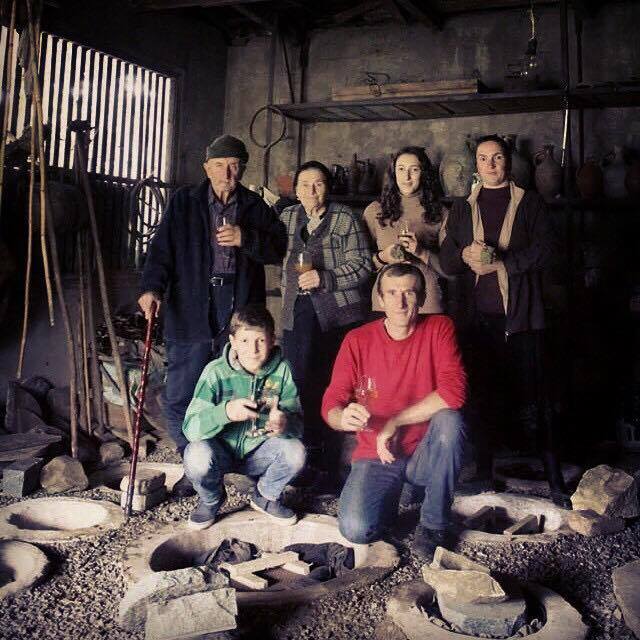
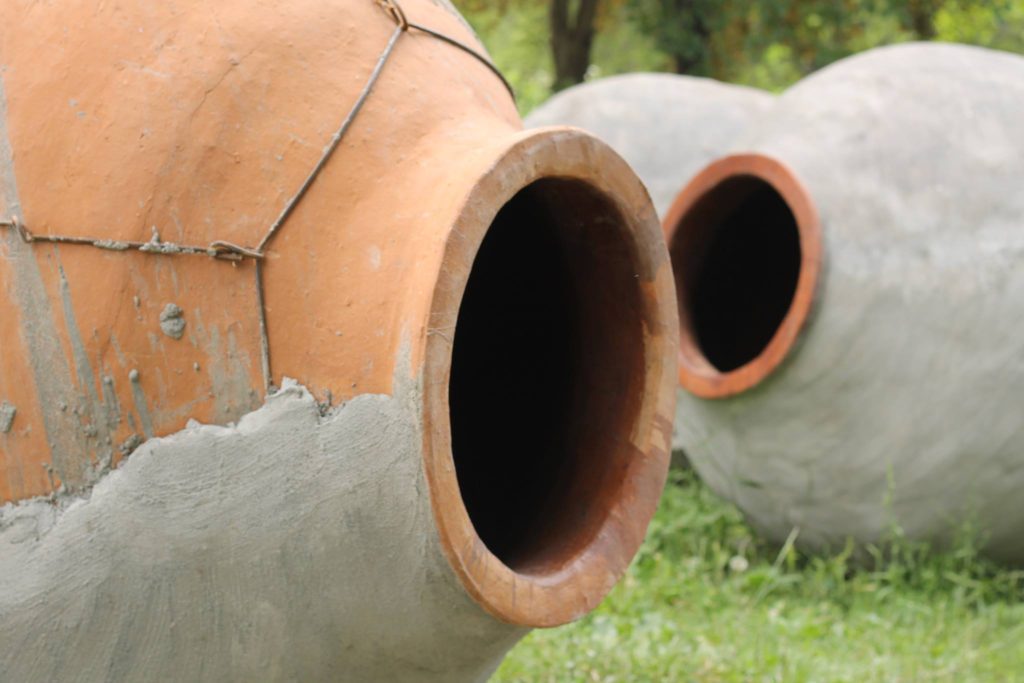
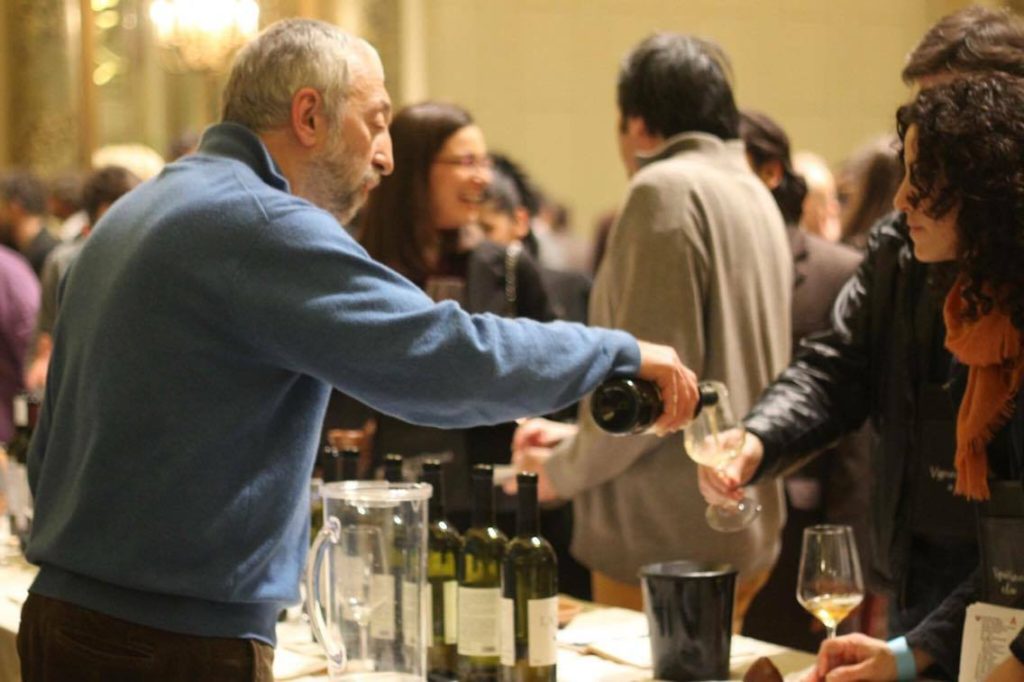
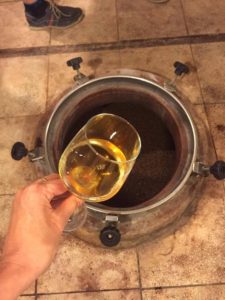


Pingback: Top Five Non Georgian Qvevri Wine Producers - Taste Georgia
Pingback: 18 Reasons to visit Georgia in 2018 - Taste Georgia
Hi Sarah, This is an interesting read for Qvevri and the beautiful wines that are produced in them. We are part of the Marani project with Artisan Cru which you may have heard already about the devlopment work we are doing with Qvevri wines making in the UK. http://artisancru.com/#main – the wines made already are 4 Marani project wines made in the Qvevri in London can be found at https://www.good-wines.org/georgia. If we can help you in any way with information, or wine tasting then please let us know. Best regards. H
Pingback: 19 Reasons to Visit Georgia in 2019 - Taste Georgia
Pingback: Top Five Non Georgian Qvevri Wine Producers – Tastegeorgia
Pingback: 18 Reasons to visit Georgia in 2018 – Tastegeorgia
Pingback: 19 Reasons to Visit Georgia in 2019 – Tastegeorgia